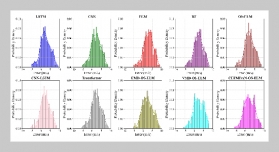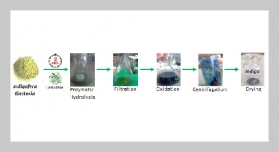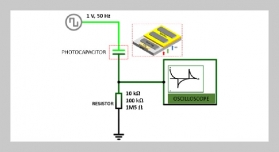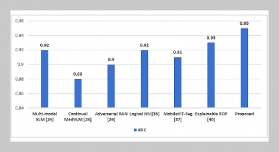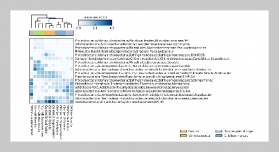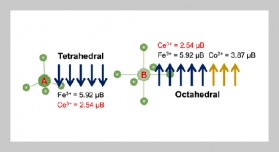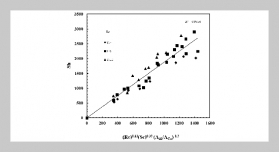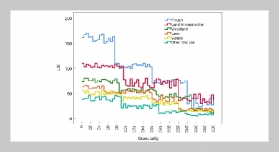Attia A. S. This email address is being protected from spambots. You need JavaScript enabled to view it.1 1College of Architecture and Design, Jordan University of Science and Technology, Irbid 22110, Jordan
Received:
October 2, 2020
Copyright The Author(s). This is an open access article distributed under the terms of the Creative Commons Attribution License (CC BY 4.0), which permits unrestricted use, distribution, and reproduction in any medium, provided the original author and source are cited.
Accepted:
December 4, 2020
Publication Date:
June 1, 2021
Download Citation:
||https://doi.org/10.6180/jase.202106_24(3).0006
The study addresses the subject of Bloom’s Taxonomy as a tool to optimize course learning outcomes (CLO’s) and the assessment of architecture courses. Bloom’s Taxonomy is considered the most applied Taxonomy used in the engineering field. The paper presents an overview of Bloom’s Taxonomy, the revised edition (New Version- 2 Dimensions: cognitive Process Dimension and Knowledge Dimension), and its components. The documentation process for course files, which include all course data used in the assessment stage. Also, the definition of the course objectives and how to optimize Course Learning Outcomes (CLO’s) with the international accreditation criteria (SPC’s) Student Performance Criteria (NAAB accreditation criteria as an example). It also illustrates the preparation of blueprints as a hypothetical matrix for assessments of both tests and assignments according to the set CLO’s. The study based on gained experience during my cooperation in preparation for both (RIBA) Validation for the architecture program at the Faculty of Architectural Engineering, Beirut Arab University, Lebanon, 2011-2015, and (NAAB) Accreditation for architecture program at the College of Architecture and Design, at the Jordan University of Science and Technology, 2017-20120. In conclusion, applying the revised Bloom’s Taxonomy is essential in preparing course learning outcomes and assessment.ABSTRACT
Keywords:
Bloom’s Taxonomy; Learning outcomes; Student’s performance criteria (SPC’s); Knowledge dimension; Cognitive process dimension; Hypothetical test assessment matrix.
REFERENCES


![Old Version – 1 Dimension [2]. Bloom’s Taxonomy as a tool to optimize course learning outcomes and assessments in Architecture Programs](/images/article_images/24/24_3_06.jpg)
